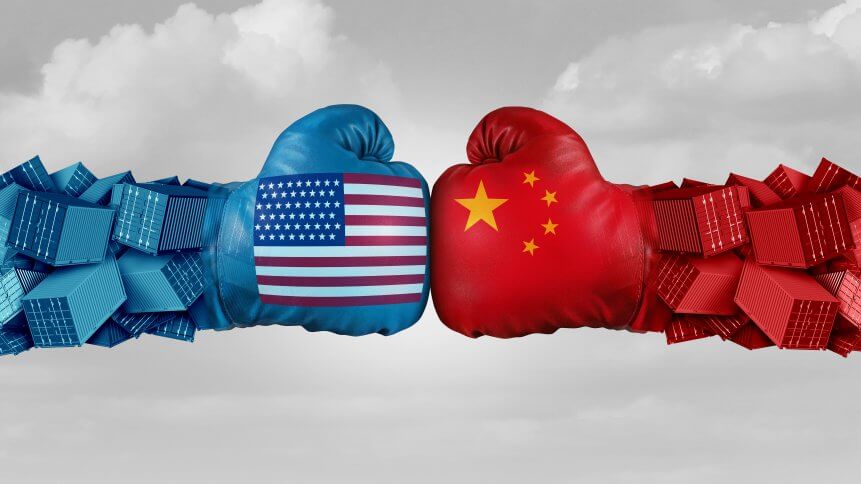Microsoft, ByteDance join hands on AI project even as US-China rivalry intensifies

- China has been facing off with the US for supremacy in the artificial intelligence space, but this is the first time a cross-border cooperation has come into play.
- ByteDance software engineer Jiaxin Shan and Microsoft principal software engineer Ali Kanso discussed their progress at the Ray Summit this week in San Francisco.
For years, many believed that US leadership in advanced technologies was so entrenched as to be unassailable. There was even a period when many believed artificial intelligence (AI) was an arena in which China could never be more than a “near-peer competitor.” But over time, Beijing has proved otherwise. Today, China stands as a full-spectrum peer competitor of the US in commercial and national security applications of AI. In fact, Beijing is not just trying to master AI—it is succeeding.
The progress has intensified the ongoing rivalry between the superpowers. In a twist of events, two large organizations from the US and China are joining hands to work on a software intended to help companies more efficiently run AI apps. The project, known as the KubeRay, involves engineers from Microsoft and China’s ByteDance, the parent of TikTok.
During the Ray Summit last week in San Francisco, ByteDance software engineer Jiaxin Shan and Microsoft principal software engineer Ali Kanso discussed their progress with data scientists, machine learning experts and other developers interested in building large applications using the open source software called Ray.
The ways US and China are forming a collaboration
For context, AI experts have always spoken about cross-border cooperation being the key to getting the most out of advancements in computing. While China and the US are unlikely partners in AI, perhaps at an organizational level, rather than state-level collaboration, competition could be healthy and necessary. Despite all their strategic national tensions, China and the US already team up to an astonishing degree on AI research.
In 2021, approximately 9,660 papers on AI were co-authored by researchers affiliated with both US and Chinese institutions, although that number is down from over 10,000 the year before, according to a report by the Stanford Institute for Human-Centered Artificial Intelligence. As the political relationship between the two nations has soured in recent years, with a move towards decoupling that has left scientists caught in the middle, some US-based Chinese researchers have been accused of intellectual property theft. On the other hand, American schools, including the Massachusetts Institute of Technology, have cut research ties with Chinese tech firms like Huawei Technologies Co and iFlyTek.
With these moves as context, the collaboration between Microsoft and ByteDance can be considered a leap forward in the relationship between the nations, considering the concerns over AI and intellectual property, and how technological advancements could be used for surveillance and privacy intrusion. Based on Shan and Kanso’s explanation of the technical details behind KubeRay, the software is essentially helpful in powering AI apps that run on multiple computers, or distributed computing.
“Jiaxin and I have been working for like a year on an open source project, and this is the beauty of a community gathering like this,” Kanso said, according to CNBC’s report. “We’re not in the same company, but we meet every week, we collaborate every week.” The Microsoft-ByteDance relationship stems from a history of the former wanting to acquire the latter’s short video platform, TikTok.
Nonetheless, AI cooperation between China and the US still leads the world, increasing five times since 2010, the Stanford report said. In 2021, the two countries produced 2.7 times more AI papers than the United Kingdom and China – the second highest on the list.
Overall in 2021, China topped the world in terms of AI conference papers, accounting for 27.64%, ahead of the European Union and the UK with a combined contribution of 18.95%, and the US, third with 16.9%. The country however lags in terms of citations, an indicator of the quality of research work.










